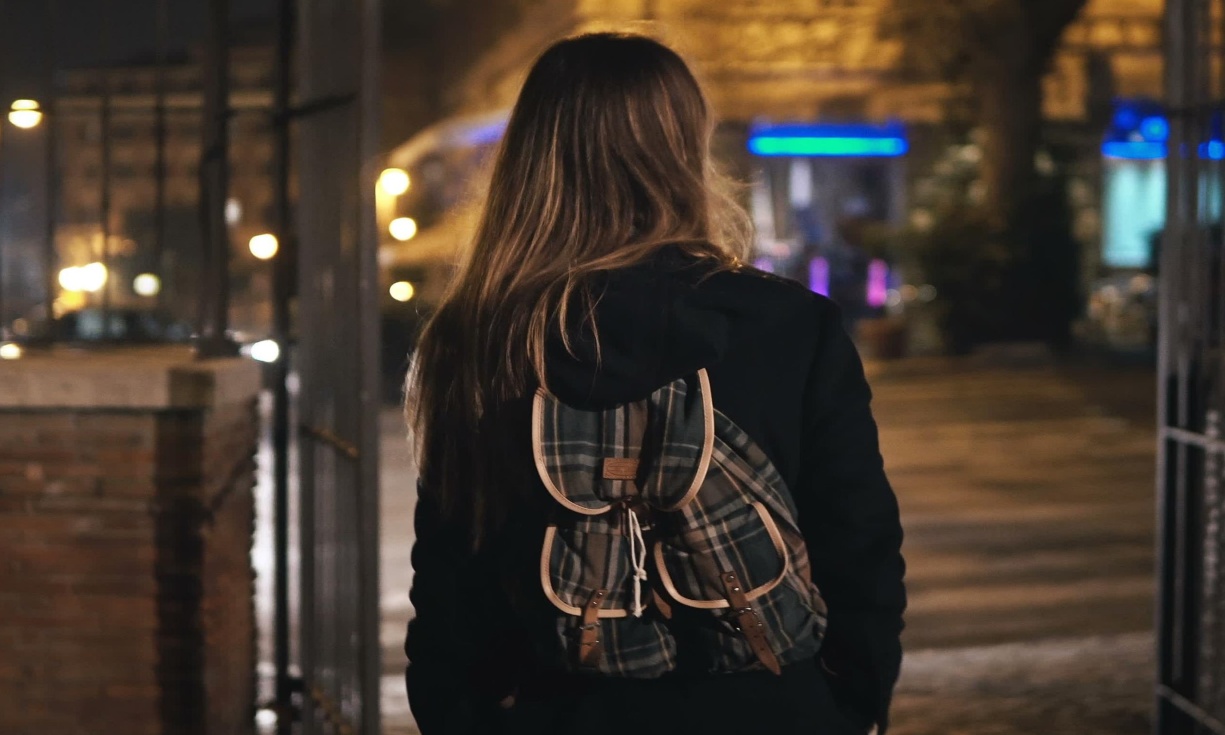Architects and designers urged to consider safety when it’s dark in public spaces
With the clocks going back on Sunday 30th October, architects and landscape designers are being urged to consider a set of key design principles when it comes to creating public spaces so users feel – and are – safe using them when it’s dark as well as when it’s light.
It comes after a new white paper revealed that four out of five people feel more unsafe when it’s dark in public spaces and are on average 12 times more likely to avoid such areas than in daylight hours.
The Creating Safer Spaces white paper, by hard landscaping and building materials specialist Marshalls, highlights the significant difference between how the public view spaces at different times of the day and outlines a series of design pillars that it wants to encourage architects, designers, planners and others in the industry to consider, to ensure safety is integrated into public spaces.
As part of the research, Marshalls found that parks and gardens were considered the least safe spaces when it’s dark, with 80% of people avoiding them during this time – 40 times higher than in the daytime. Waterways, such as canals, were seen as the least safe public spaces when it’s light; 11% stated they actively avoided such places during this time, however, when it’s dark, this figure increased almost seven times to 76%.
Residential streets were considered the safest of all public spaces, yet nearly a quarter (24%) said they still avoided them when it’s dark. Beaches, transport hubs and town centres were also named as places people would avoid primarily when it’s dark.
As part of its Creating Safer Spaces white paper, Marshalls also explores the reasons for the public’s heightened awareness of safety when it’s dark. People cited poor visibility as an issue, whereby potential dangers or hazards are concealed or out of sight. A lack of ‘social presence’ from less use of spaces by people when it’s dark was also raised as a reason for safety concern.
The landscaping specialist also uncovered that people feel most at risk on a night out, with 31% of all participants citing this as an activity where they do not feel safe. Other activities included waiting for public transport (22%), exercising outdoors (16%), walking the dog (12%) and commuting (10%).
Translating perceptions into actions, the results showed people commonly change their behaviour to improve their perceived levels of safety when out in public. The most frequent modification was walking a longer route that is busier and/or better lit (64%), followed by crossing the street to avoid others (58%). Further changes included only wearing one earphone or listening at a lower volume (32%) and carrying a personal alarm (11%).
To support planners, designers, architects and local councils in creating public spaces where people feel safe from day through to night, Marshalls has outlined seven best practice design pillars within its white paper. Covering principles from vision and wayfinding, to acoustics and technology, these considerations should be used by industry to provoke fresh thinking and debate, according to Marshalls.
Johanna Elvidge, Head of Design at Marshalls, said: “Simple design choices such as the height of a hedge or the use of textured materials, for example, can have a big impact on whether people feel and are safe in our shared spaces. However, at present principles such as designing wayfinding and acoustics for when it’s dark are often overlooked when planning schemes. By considering safety during the feasibility and concept stages, the principles of ‘designing for dark’ can be seamlessly integrated and even enhance other key principles including biodiversity and accessibility with compelling consequences.”
Sue Morgan, Chief Executive Officer, Landscape Institute, said: “Making spaces safe isn’t just about improving lighting. It’s about creating open, accessible spaces where people feel seen. It’s about making spaces beautiful and welcoming, thus attracting more users, and fostering a sense of civic pride. This requires a holistic, innovative approach to how we plan and create spaces. The issue of public safety is a multifaceted one that requires multifaceted solutions, creating a lasting change in behaviour and understanding across all of society. We need support from governments and local authorities for pioneering thinking and practice.
“The Landscape Institute is delighted to support this new white paper from Marshalls, which we hope will stimulate much-needed debate, and ultimately change, to make our public spaces safer for all.”
As well as evidencing the effects of perceived safety at an individual level, Marshalls Creating Safer Spaces white paper explores the macro consequences of when, conversely, public spaces are designed and built with safety, at all times of the day, in mind. These range from improved mental and physical health, impact on climate change and economic growth.
Johanna explains: “If people don’t feel safe in public spaces when it’s dark then it can limit their opportunities in life; from education, training and employment, to fitness, socialising and access to cultural activities. Not only does this impact them as an individual, but it has knock on consequences to their local communities, society, the economy and environment.
“By creating spaces that feel safer, more people start to venture out in public, which encourages more still to join them. In turn, people have more opportunities open to them and will be more inclined to ditch cars or public transport, leading to a reduction in carbon emissions, for example. There’s also a huge potential impact to the UK’s night-time industries and London’s strive for a ‘24-hour economy’ that could be worth nearing £48bn by the end of this decade.[1]”
For access to the full Creating Safer Spaces white paper, visit marshalls.co.uk/saferspaces
[1] London’s 24 Hour Economy – London First with EY, 2018



